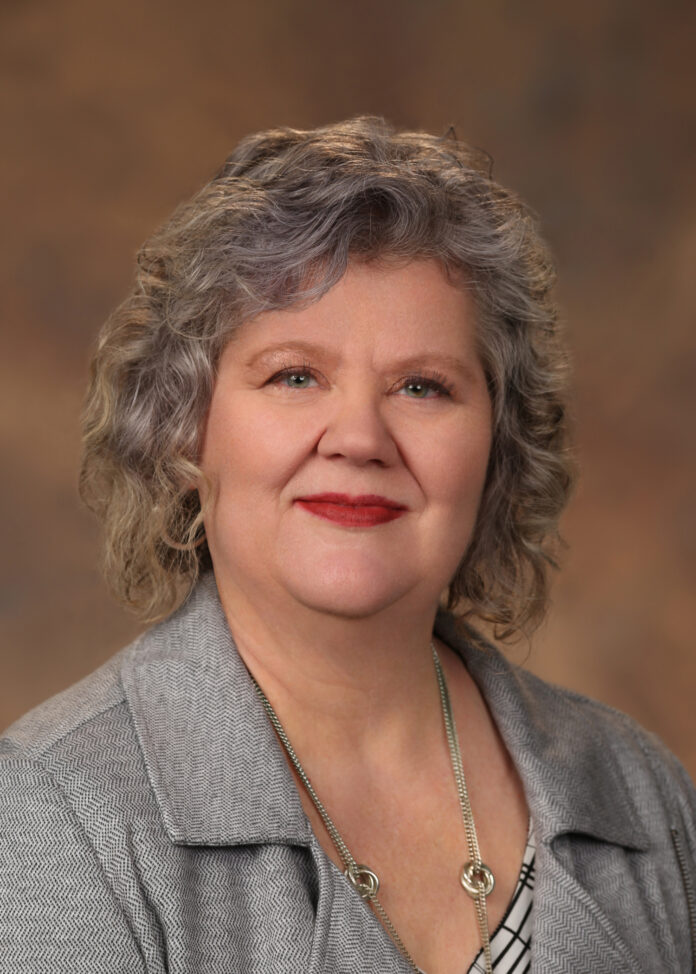
I am a true West Texas oil brat. My dad worked for oil companies his entire career. He started with Sinclair, then went to Gulf, and finally Chevron when they bought out Gulf in the early 80’s.
It was his job with Chevron that brought us to Odessa when I was in high school.
One of the many places we lived before coming to Odessa as my dad was transferred from city to city during his career was Tacoma, Washington.
One thing I remember very well from living in Washington are the earthquakes. The biggest by far of those was when Mount Saint Helens blew in the early 80’s, but we had many others.
Here we have tornado drills in schools; in Washington, we had earthquake drills.
One of the things about moving to West Texas I was so happy about was that we are not near any fault lines. I thought I would never have to worry about another earthquake at home.
Unfortunately, that wish didn’t come true. We’ve had quite a few lately, I think the strongest so far has been around 4 on the Richter scale.
While they are not as strong or as long-lasting as the ones I experienced in Washington, a few of them have been strong enough to get my attention. I know from watching and reading the news, one question people have with the earthquakes is should they consider adding earthquake insurance to their homeowner’s insurance. I can’t answer that one, but one thing I can help with is preventing injuries to individuals during those earthquakes.
First, I want to make sure that everyone understands that even with the activity we have had lately, our risk for a major earthquake is still very low. Our earthquakes are not caused by the same things that cause the big earthquakes on the West Coast: fault lines and tectonic plate movement, and because of that our earthquakes just aren’t as violent as a rule.
But I am a firm believer in the ounce of prevention is better than a pound of cure axiom, so here is my attempt at prevention even though the risk is low.
The same rules that I was taught back in the earthquake drills when I was a kid are still valid now. Drop, cover, and hold on. Those three steps are still recommended by the Centers for Disease Control and Prevention (CDC), the Red Cross, and many other organizations.
Drop down on your hands and knees so you don’t get knocked down by the earthquake. Getting on your hands and knees helps you not fall but still be able to move.
Cover your head and neck, better yet, cover your entire body by getting under a sturdy table or desk. If you can’t get under a sturdy table or desk, get near an interior wall, next to low-lying furniture that can’t fall on you, and cover your head and neck with your hands and arms.
Hold on to your shelter or your head and neck until the shaking stops. If the shaking moves your shelter, move with it.
Other things to consider:
If you are inside, stay inside, and stay in the room you are in. More people are injured in earthquakes trying to get outside than those that find a shelter and stay where they are.
Move away from glass, hanging objects, bookcases, china cabinets or any large furniture that could fall over. Watch for falling objects such as bricks from fireplaces, light fixtures, wall hangings, items from shelves or cabinets with doors that can swing open.
If you can, grab something to help shield your head and neck from falling debris or broken glass. If you are in the kitchen using the stove, turn it off at the first sign of shaking.
If an earthquake wakes you up while you are in bed, stay on the bed, protect your head and neck with a pillow. You are more likely to be injured trying to get to the floor.
Do not stand in doorways. That is a myth. Doorways are not stronger than other parts of the house and offer you no protection from the major causes of injury which are falling or flying objects and being knocked to the ground.
A sturdy desk or table is a far safer option for shelter.
Drop, Cover, and Hold On works everywhere. Inside, outside, in public buildings, and crowded places.
If you are outside, move away from buildings, utility wires, sinkholes, trees, telephone poles, fuel, and gas lines. The greatest danger outside is being near buildings because of falling debris. If you are driving, stop the car as quickly and safety as possible. Stay in the car with the parking brake on. Don’t get out even when the shaking stops if anything has fallen on your car until you know it’s safe to do so. This is especially important with downed power lines.
To me, the safety tips for natural disasters are like fire extinguishers. They are something you always want to have but never want to have to use. I really hope you never have to use these tips, but I want you to have them just in case.



